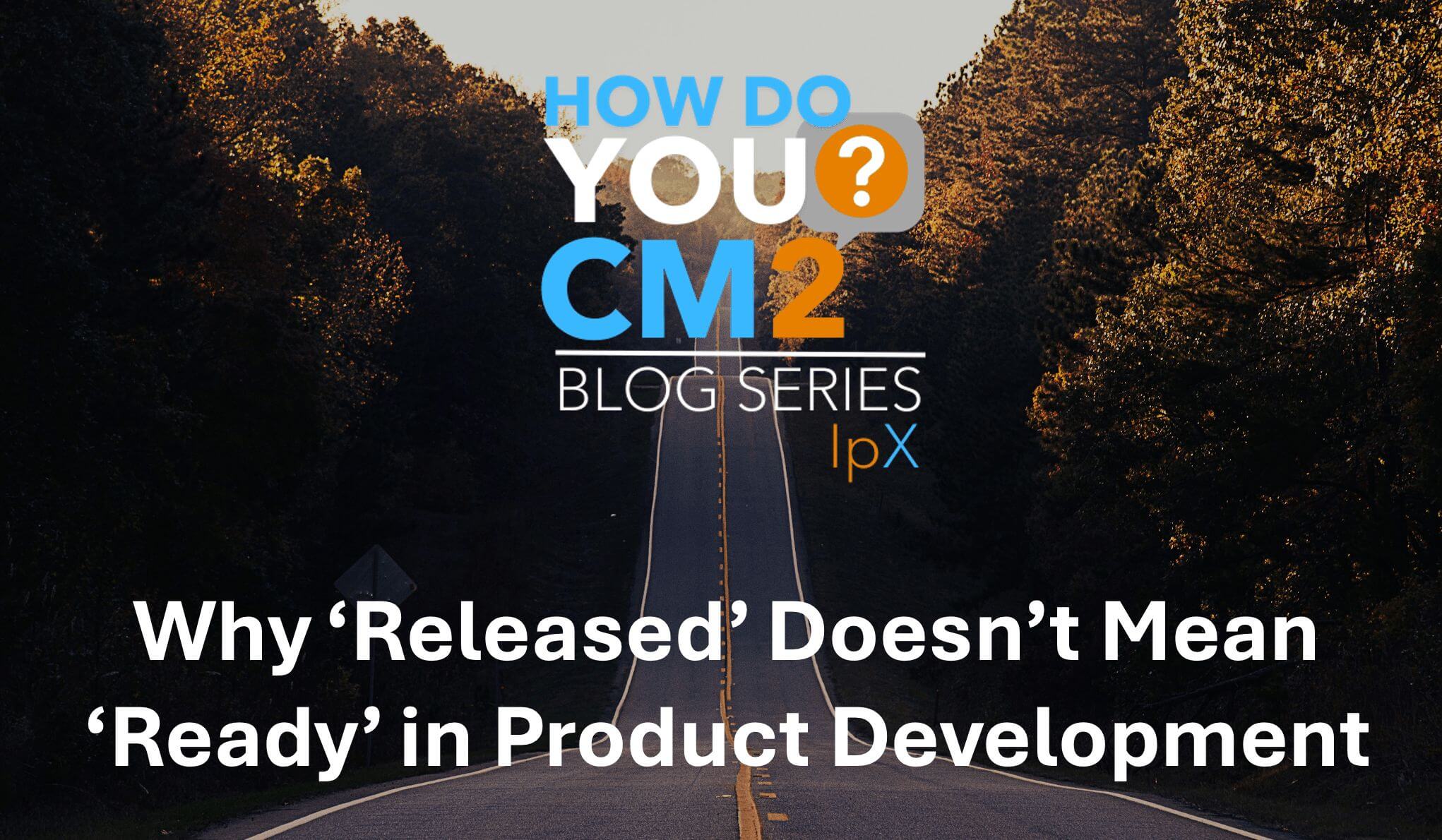October 14, 2025


An important concept to track the maturation of your designs in New Product Introductions is the design maturity of a dataset.
It’s not a workflow status. It’s an indicator of what you can reliably do downstream with your dataset.
👉 A workflow status like Draft or Released tells you where you are in the process.
👉 Design Maturity tells you what you can do with it next.
When a dataset is released, it does not necessarily mean it is ready for use in a volume production setting. Design maturity provides this additional context.
Most organizations define design maturity in stages:
• 𝗥𝗲𝗮𝗱𝘆 𝗳𝗼𝗿 𝗣𝗿𝗼𝘁𝗼𝘁𝘆𝗽𝗲 – Can the data support a physical build to validate the dataset?
• 𝗥𝗲𝗮𝗱𝘆 𝗳𝗼𝗿 𝗣𝗶𝗹𝗼𝘁 – Can it validate manufacturability and repeatability?
• 𝗥𝗲𝗮𝗱𝘆 𝗳𝗼𝗿 𝗣𝗿𝗼𝗱𝘂𝗰𝘁𝗶𝗼𝗻 – Is it robust enough for volume, compliance, and lifecycle sustainability?
No, because the design maturity is a result of validation activities. For instance if you create a prototype and you confirm the prototype works as per the requirements, you can update the design maturity to Ready for Pilot. It also should not result in a new revision of the dataset, the same revision that was used for the prototype, will be increased in maturity.
Sure, if you are changing an existing part, it can be that you can directly go to Ready for Pilot and skip the prototype. It is based on a risk assessment, and whether you need to go through each stage.
So, if a design maturity is “Ready for Pilot”, could you issue regular production orders and use the dataset to produce in volume? Sure, if you have not built in any logic in your tools, you can always ignore design maturity.
In the end, that is a business decision, but you always have to be aware of the risks you are taking. In regulated industries, bypassing maturity can create compliance exposure. In less regulated industries, it may seem efficient until higher failure rates, warranty claims, and dissatisfied customers catch up with you.
💡 Treat design maturity as a 𝗿𝗶𝘀𝗸 𝗺𝗮𝗻𝗮𝗴𝗲𝗺𝗲𝗻𝘁 𝘁𝗼𝗼𝗹. It ensures your dataset’s integrity matches the business decision you’re about to make.
That’s where CM2 shines. It provides the framework to define, govern, and enforce maturity so organizations can accelerate confidently—without gambling with downstream chaos.
So, let me ask:
👉 How does your organization define dataset maturity?
Let me know in the comments.
Use code Martijn10 for 10% off training—and don’t forget to tell them Martijn sent you 😉.
Copyrights by the Institute for Process Excellence
This article was originally published on ipxhq.com & mdux.net.


